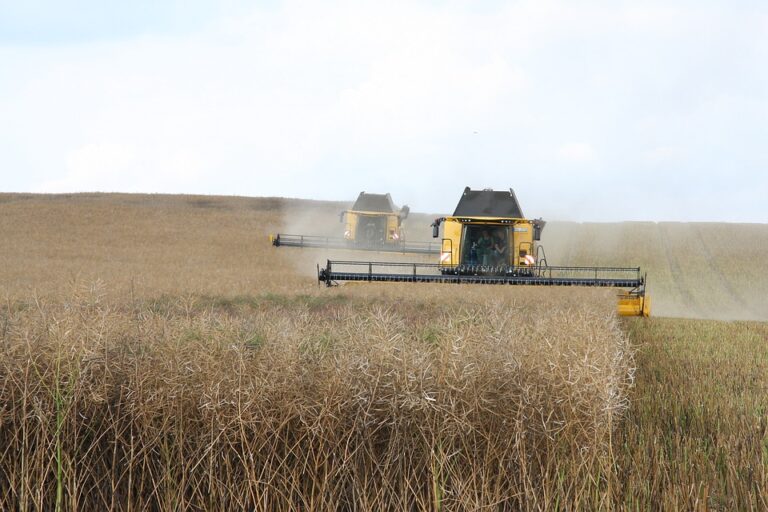From Kievan Rus to Muscovy: Tracing the Evolution of Early Russian Settlement Patterns
Introduction
The history of early Russian settlement patterns is a complex and fascinating one, marked by the rise and fall of powerful dynasties, political upheavals, and the intermingling of different cultures and traditions. From the formation of the Kievan Rus in the 9th century to the emergence of Muscovy as a dominant political and cultural center in the 15th century, the evolution of Russian settlement patterns reflects the country’s shifting social, economic, and political landscape.
The Kievan Rus
The origins of early Russian settlement patterns can be traced back to the formation of the Kievan Rus in the 9th century. Established by the legendary Viking ruler Rurik, the Kievan Rus was a loose federation of East Slavic tribes that eventually grew into a powerful state centered around the city of Kiev. This period saw the development of a network of fortified settlements, known as “gorods,” which served as political, economic, and cultural hubs within the fledgling state.
The layout of these early Russian settlements was characterized by a central citadel, or kremlin, surrounded by wooden walls and ramparts. Beyond the walls, residential areas, markets, and artisan workshops were clustered together, forming the nucleus of urban life in the Kievan Rus. The layout of these settlements was often influenced by geographical factors, such as the proximity to rivers or trade routes, which played a crucial role in shaping the economic and social life of the inhabitants.
The Mongol Invasion and the Fragmentation of the Kievan Rus
The peaceful coexistence of the Kievan Rus was shattered in the 13th century by the Mongol invasion, which ravaged the region and brought about a period of political turmoil and instability. The once-powerful state of Kievan Rus fragmented into a patchwork of warring principalities, each vying for dominance in the wake of the Mongol conquest.
The Mongol invasion had a profound impact on Russian settlement patterns, as many of the fortified towns and settlements were destroyed or abandoned in the face of the enemy’s onslaught. The surviving settlements were forced to adapt to the new geopolitical reality, with some shifting their focus from defense to trade and commerce, while others sought refuge in more remote and defensible locations.
The Rise of Muscovy and the Centralization of Power
Out of the chaos and destruction wrought by the Mongol invasion emerged the principality of Muscovy, a small, landlocked state centered around the city of Moscow. Over the course of the 14th and 15th centuries, Muscovy gradually expanded its territory through a combination of military conquest and political maneuvering, eventually establishing itself as a dominant power in the region.
The rise of Muscovy had a profound impact on Russian settlement patterns, as the new capital city of Moscow became a magnet for merchants, artisans, and other urban dwellers seeking opportunities for trade and commerce. The city’s strategic location at the crossroads of several major trade routes, as well as its close ties to the Orthodox Church, helped to solidify its position as the political and cultural center of the emerging Russian state.
The Centralization of Power and the Development of New Settlement Patterns
As Muscovy continued to expand its influence and consolidate its power, the patterns of settlement in Russia began to change. The centralized nature of the Muscovite state, with its emphasis on bureaucratic control and centralized authority, led to the establishment of new administrative centers and trading posts throughout the realm.
One of the most significant developments during this period was the construction of the St. Basil’s Cathedral in Moscow, a symbol of Muscovy’s growing power and prestige. The cathedral’s distinctive onion domes and colorful façade served as a visual reminder of the city’s status as a center of political, religious, and cultural life in Russia.
Conclusion
The evolution of early Russian settlement patterns from the Kievan Rus to Muscovy is a testament to the country’s rich and diverse history. From the humble beginnings of fortified towns and settlements in the Kievan Rus to the grandeur and splendor of Moscow under the rule of the Muscovite princes, the changing landscape of Russian settlement patterns reflects the country’s shifting political, economic, and cultural dynamics.
As Russia continues to evolve and modernize in the 21st century, the legacy of its early settlement patterns remains a vital and enduring part of the country’s heritage. By examining the historical and architectural remnants of the Kievan Rus and Muscovy, we gain a deeper appreciation for the complexity and diversity of Russian history and culture.





